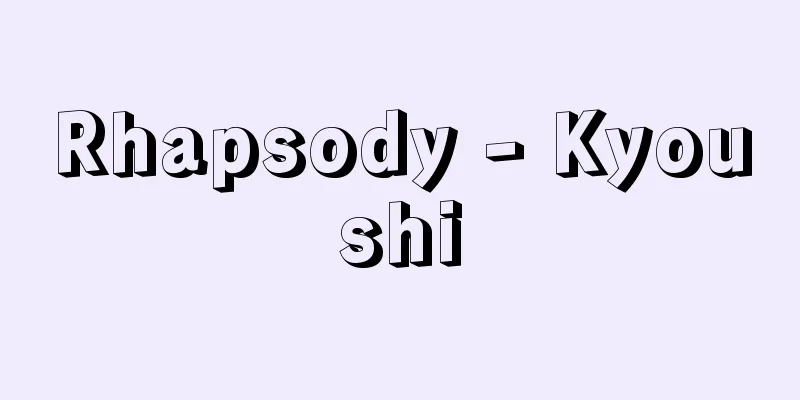Law of conservation of mass

|
This law states that in a chemical reaction, the total mass of a substance before the reaction is equal to the total mass of the substance produced after the reaction. It is also called the law of conserved mass. It was discovered by the Frenchman Lavoisier in 1774. Historically, chemical reactions are significant in that they clarified that a substance that existed at the beginning undergoes a rearrangement of its components (atoms) to create a new substance with a different appearance and shape, and that they do not create something from nothing. Today, it can be extended to say that the law of conservation of mass holds true throughout the universe. It is the theoretical foundation of how to use finite resources effectively. This theory was rigorously examined and established by Landolt of Germany in 1908 and Eötvös of Hungary in 1909. However, A. Einstein of Germany clarified in his theory of relativity that energy is linked to mass in the form of E = mc2 , so the law of conservation of mass must also take into account the inflow and outflow of energy. However, in chemical reactions, the amount of energy in and out is so small that it can be ignored compared to the total mass, so this law can be considered to hold. In fact, Landolt's experiment showed that the mass change holds within an error range of 2 x 10 -7 to 10 -8 . The concept of "conservation" requires the setting of a "system" that is being considered as the object. When performing a chemical reaction, a certain amount of material is reacted in a certain device, and when focusing on mass, materials outside the device must not be taken into account. In this case, the "certain device" is the "system," for example, a flask. It is self-evident that the conservation of mass does not hold if dust on the desk gets mixed in. Therefore, considering the concept of conservation on a universal level will give rise to various discussions because the system is so large. [Takashi Shimozawa] Source: Shogakukan Encyclopedia Nipponica About Encyclopedia Nipponica Information | Legend |
|
化学反応においては、反応前の物質の全質量と、反応後に生成した物質の全質量とは等しいという法則。質量不変の法則ともよばれる。1774年、フランスのラボアジエによって発見された。歴史的には、化学反応というのは、初めにあった物質が、その構成要素(原子)が組み換えを行い、姿・形を変えた新物質をつくることであり、けっして無から有を生ずるものではないことを明らかにしたことに意味がある。今日では、全宇宙的にみて質量保存の法則が成り立つと拡張してもよい。有限の資源をどのように有効に用いるかという理論の基盤である。 この理論は、1908年にドイツのランドルト、1909年にハンガリーのエートベシュによって厳密に検討され確立した。しかし、ドイツのA・アインシュタインは、相対性理論のなかで、エネルギーが質量と結び付くことをE=mc2の形で明らかにしたので、質量保存の法則は、エネルギーの出入りも考慮しなければならない。しかし化学反応においては、エネルギーの出入量は全質量に対して無視できるほど小さく、この法則が成立すると考えてよい。事実、ランドルトの実験で、質量変化が2×10-7~10-8の誤差範囲で成立することが示されている。「保存」の概念は、対象として考えている「系」を設定しなければならない。化学反応を行う場合には、一定量の物質を一定の器具の中で反応させており、質量に着目する場合、器具外の物質を考慮に入れてはならない。この場合「一定の器具」が「系」にあたり、たとえばフラスコがそれにあたる。もし、机の上にあるごみが混入したら、質量保存が成り立たないことは自明である。したがって、全宇宙的に保存の概念を考えるのは、系が大きいだけに、種々の議論をよぶことになる。 [下沢 隆] 出典 小学館 日本大百科全書(ニッポニカ)日本大百科全書(ニッポニカ)について 情報 | 凡例 |
>>: Mass spectrometry - mass spectrometry
Recommend
Granitic layer - Granitic layer
…The P-wave velocity of the main part of the ocea...
Hozukyo Gorge
The gorge of the Hozu River that flows through the...
Aoya
〘 noun 〙① Dyeing business. A family whose occupati...
Social welfare
Social welfare is a multi-faceted concept. Accord...
Elementary charge - Electric charge
Also known as elementary charge. The smallest unit...
Avellaneda, N. (English spelling) AvellanedaN
… [Development of agriculture and livestock] Urqu...
After the area - Kushichi
…Okinawa Prefecture, located northwest of Okinawa...
Visiting a shrine to offer thanks - Thanksgiving visit
Mass pilgrimages to Ise Shrine were seen during th...
Radiation chemistry - radiation chemistry
A general term for the academic field that deals ...
Red jellyfish - Red jellyfish
A jellyfish belonging to the phylum Coelenterata,...
Lombardy - Lombardia (English spelling)
A region in northwest Italy. It has an area of ...
Balilla
…In Germany, the Hitler Youth (1926) under the Na...
Pseudomuscular hypertrophy
…However, the degree of muscle weakness does not ...
Slang - Zokugo
〘noun〙① Daily spoken language, as opposed to the w...
Cleome - Cleome
A general term for the genus Capranaceae (APG cla...









